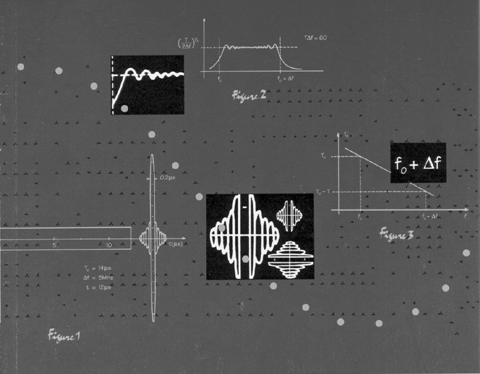|
 Jane C. Blake,
Jane C. Blake,
Managing Editor
Products designed for quality, high-performance presentation of
data in both video and hard-copy form are the topics of papers
in this issue of the Digital Technical Journal. The design
challenges range from managing the huge storage requirements of
images for display on X terminals to ensuring high-performance
in a feature-rich printer environment.
Image processing is the subject of the opening paper by Chris
Payson, Chris Cianciolo, Bob Crouse, and Cathy Winsor. The au-
thors note that one advantage of scanning images for screen
display is the input time saved; however, the scanned images
and data can consume significant amounts of storage space. They
then review the development of an image accelerator board that
not only helps solve the problem of storage but also addresses
the need for high-performance display-view and manipulation-of
bitonal images. In addition to specifics of the board imple-
mentation, the authors offer an overview of imaging concepts,
terms, and future directions for image accelerators.
The terminal on which the image accelerator board resides is
DECimage 1200, an X terminal. X terminals development in gen-
eral, including a discussion of the VT1200, is the subject of
a paper by Bjorn Engberg and Tom Porcher. Bjorn and Tom focus
their discussion on a comparison of the X terminal and X work-
station environments, and explain why X terminals are a low-cost
alternative. The authors present the design choices debated by
the engineers during the development of Digital's X terminals,
including the selection of a hardware platform, terminal and
window management, X server, communications protocols, and font
file systems.
Video terminal and workstation users need the assistance of a
number of I/O devices, such as keyboards, mice, and tablets, all
of which may not be made by the same company. A new open desktop
bus, described by Peter Sichel, is a simple means to connect
as many as 14 low-speed devices to a desktop system. In his
paper, Peter presents the project background, reviews the I2C
technology on which the bus is based, and describes the protocol
and the configuration process.
Hard-copy presentation of data and recent developments in
printer technologies are the topics of the next three papers.
Rick Landau and Alan Guenther review the DECprint Printing Ser-
vices, which is software that controls numerous printer fea-
tures for a wide range of printers. Also called a common print
symbiont, this component of the VMS printing system supports
several page description languages, handles multiple media
simultaneously, and uses different I/O interconnections and
communication protocols.
Both DECprint Printing Services and the subject of the next
paper, the common printer access protocol, are part of the
DECprint architecture. The CPAP provides the fundamental ser-
vices necessary for the presentation of data at the printer. Jim
Jones, Ajay Kachrani, and Tom Powers describe the challenges
of developing a protocol that operates in a heterogeneous,
internetworking environment and that also ensures backward com-
patibility with older products. Their success in developing a
high-performance protocol is evidenced by OSF acceptance of CPAP
for inclusion in a future release of OSF/1.
As was the case with the CPAP, performance was also key in the
development of the turbo PrintServer 20 controller. Guido Si-
mone, Jeff Metzger, and Gary Vaillette explain that the require-
ments of complex documents demanded turbo controller performance
that was five to eight times that of the current controller.
To aid them in making design decisions, a performance analysis
tool, RETrACE, was created and is described here. Authors also
relate how they used existing chips in order to keep development
costs low and still deliver a high-performance controller.
The editors thank Liz Griego-Powell of the Video, Image, and
Print Systems Group for her help in preparing this issue.
|
|